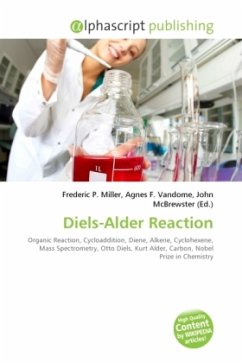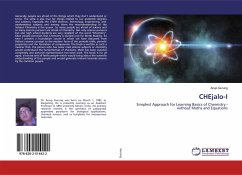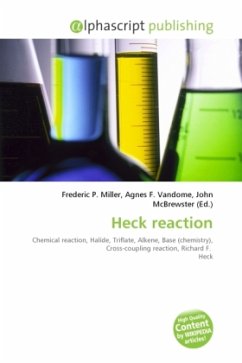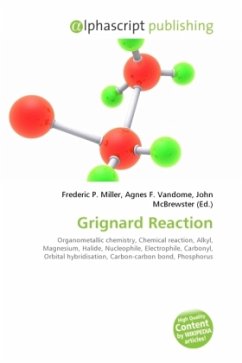The Diels-Alder reaction is an organic chemical reaction (specifically, a cycloaddition) between a conjugated diene and a substituted alkene, commonly termed the dienophile, to form a substituted cyclohexene system. The reaction can proceed even if some of the atoms in the newly-formed ring are not carbon. Some of the Diels-Alder reactions are reversible; the decomposition reaction of the cyclic system is then called the Retro-Diels-Alder. For example, Retro-Diels-Alder compounds are commonly observed when a Diels Alder product is analyzed via mass spectrometry. Otto Paul Hermann Diels and Kurt Alder first documented the novel reaction in 1928 for which they were awarded the Nobel Prize in Chemistry in 1950 for their work on the eponymous reaction. The Diels-Alder reaction is generally considered the "Mona Lisa" of reactions in organic chemistry since it requires very little energy to create the very useful cyclohexene ring.
Bitte wählen Sie Ihr Anliegen aus.
Rechnungen
Retourenschein anfordern
Bestellstatus
Storno


![Synthèse des spiro-cycles via Diels-Alder et cycloaddition [3+2] Synthèse des spiro-cycles via Diels-Alder et cycloaddition [3+2]](https://bilder.buecher.de/produkte/50/50878/50878564m.jpg)





